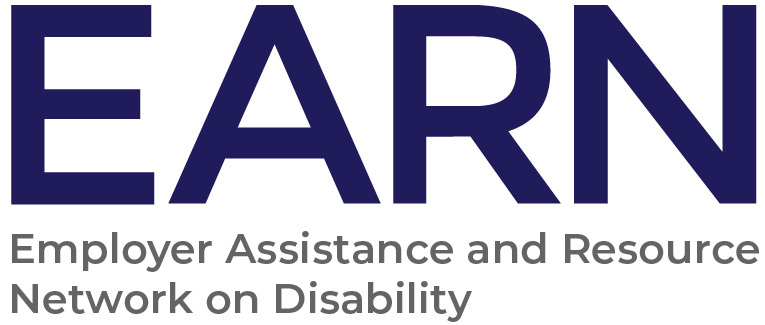ODEP works to increase the hiring, job success and career advancement of people with disabilities. We promote the development, adoption and use of accessible technologies designed to support workers with and without disabilities.
Why Accessible Technology Matters
All employees, including those with disabilities must have access to workplace technologies that are flexible and robust. To make technology accessible in the widest range of scenarios and environments for all workers, including those with situational or temporary disabilities, these technologies should be designed by and with disabled people.
ODEP Resources on Accessible Technology
Technology as a Workplace Accommodation — ODEP's Job Accommodation Network (JAN)  provides information on exploring assistive technology as workplace accommodations in the JAN resource Accommodation and Compliance: Assistive Technology.
provides information on exploring assistive technology as workplace accommodations in the JAN resource Accommodation and Compliance: Assistive Technology.
 Creating an Accessible Workplace: Technological Accessibility — ODEP's Employer Assistance and Resource Network on Disability (EARN) provides additional resources for employers on business strategies that incorporate accessible technology.
Creating an Accessible Workplace: Technological Accessibility — ODEP's Employer Assistance and Resource Network on Disability (EARN) provides additional resources for employers on business strategies that incorporate accessible technology.
Additional Federal Resources on Accessible Technology
Americans with Disabilities Act (ADA) Guidance Regarding Obligations Relating to Accessible Technology — The U.S. Department of Justice enforces the ADA to ensure that people with disabilities can access websites, electronic book readers, online courses and other technologies. This guidance will help you understand your obligations as they relate to accessible technologies.
Access Board Final Rule on Requirements for Information and Communication Technology under Section 508 of the Rehabilitation Act and Section 255 of the Communication Act — Section 508 standards apply to electronic and information technology procured by the Federal Government, including websites, computer hardware and software and multimedia, such as video, phone systems and copiers. The Section 255 guidelines cover access to telecommunications products and services and apply to manufacturers of telecommunication equipment.
